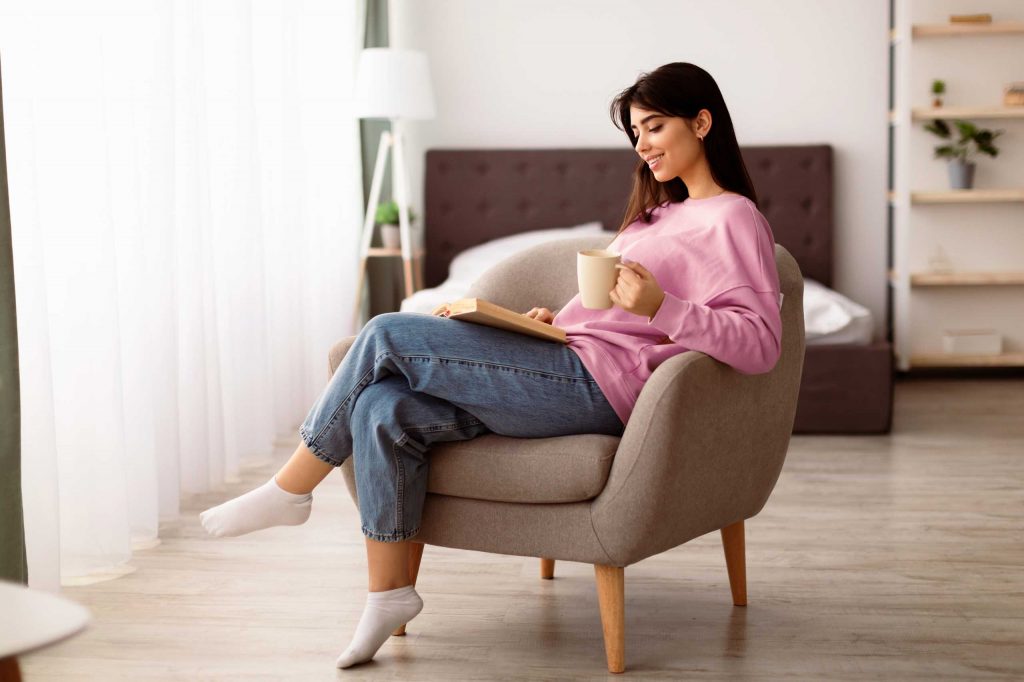When people think of creating comfort at home, their minds jump to pillows, colors, candles.
But comfort doesn’t begin with décor — it begins with rhythm.
With how you live in your space, day after day.
Your daily habits — and how well your home supports them — are the true foundation of lasting coziness.
Start with the Real You
It’s tempting to design for who we want to be.
Maybe you picture yourself waking early for yoga in the living room, or hosting perfect dinner parties every week.
But your home should reflect your actual life — your mornings, your energy, your moments of pause.
Ask yourself:
- Where do I naturally gravitate in the mornings?
- What part of the day feels most scattered or rushed?
- What tiny space makes me exhale?
Use your answers as a starting point. These moments are clues to what kind of comfort you need most.
Map Out Your Micro-Routines
Home comfort isn’t just in what you see, but in what you do.
Try looking at your day as a series of repeatable actions — not in theory, but in practice:
- Where do you toss your keys?
- Where do you sip coffee?
- Where do your shoes pile up?
Then ask: does your home help these routines — or fight them?
A small tray by the door, a stool near the bed, a hook inside the closet — these aren’t just details. They’re what make a home feel like it fits.
Design with Flow, Not Just Looks
Comfortable homes move with you.
There’s an emotional ease that comes from not having to think about every little task:
You know where to find what you need.
You move from task to rest to recharge naturally.
You don’t have to fight your environment — it flows with you.
This kind of ease is often invisible. But it’s powerful.
It’s what makes people walk into a space and say,
“I don’t know why — but it feels so good in here.”
Make Comfort Repeatable
The ultimate goal? Not just to make your home beautiful — but to make it functionally gentle.
To shape routines that give more than they take.
To build rituals that help you recharge.
Because when your space supports your rhythm, you begin to feel more supported overall — emotionally, physically, mentally.
And that’s when a space turns into a sanctuary.

